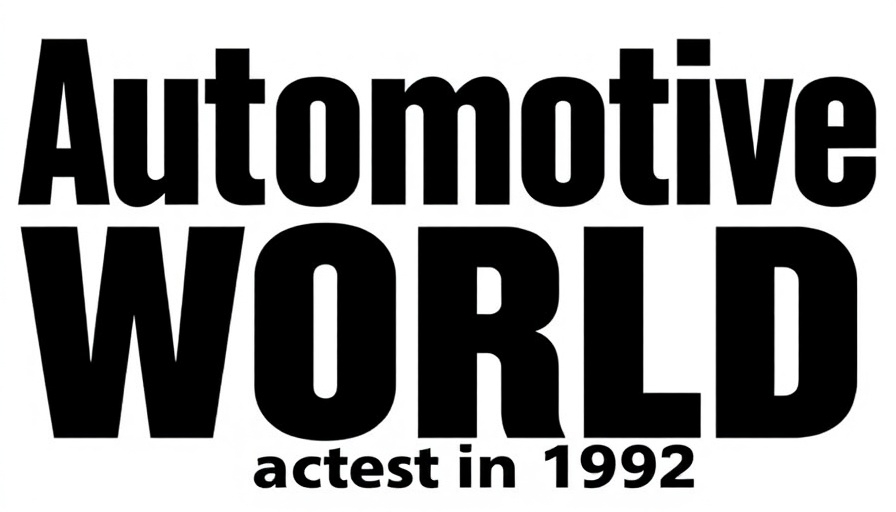
The Shift Towards Affordable Electric Vehicles
As the global automotive industry accelerates towards electrification, many are curious about the affordability of battery electric vehicles (BEVs). Recent analysis reveals a notable change: while prices for BEVs are decreasing in many developed markets, they remain steeply priced compared to their counterparts in China, raising questions about market dynamics and consumer choices.
European and American Trends
According to JATO Dynamics’ recent report, "Closing the gap: The progress towards affordable EVs and the rising competition from China," there has been a significant reduction in the cost premium for BEVs in Europe and the USA. In the Eurozone, for instance, the cost difference between BEVs and their internal combustion engine (ICE) equivalents has plummeted from 53% in 2018 to just 22% in 2024. Similar patterns are observed in countries like the UK, where this premium has decreased to 18%.
In the US, the situation is even more pronounced. The price gap has fallen from a considerable 53% to just 15% over the same period, thanks mainly to a dramatic 25% drop in BEV prices. This shift indicates that while the general cost of electric vehicles is declining, traditional ICE vehicles have also seen an uptick in prices, driven by regulatory changes and the incorporation of advanced technologies.
China's Competitive Edge
Despite the progress seen in Western markets, China's pricing strategy positions it as a formidable competitor in the EV market. The report outlines that while the average retail price of BEVs in Europe now exceeds that of Chinese models by 111%, back in 2018 this comparative price was 118% higher. This burgeoning gap illustrates China's ability to produce and sell affordable BEVs, outpacing Western automakers.
As a result, consumers in Western markets may find themselves increasingly drawn to Chinese BEVs, leveraging their cost advantages. This trend is pivotal for dealership principals and GMs who must strategically consider the implications of this shift for their business models and offerings.
Driving Factors Behind Pricing Dynamics
Several key factors contribute to the changing landscape of BEV pricing. Regulatory pressures in Europe and the US have prompted manufacturers to enhance their ICE or face stricter compliance costs. Meanwhile, advances in battery technology have facilitated lower production costs for BEVs, allowing manufacturers to pass on savings to consumers. Understanding these nuances can empower dealerships to market vehicles effectively and serve evolving consumer preferences.
Conclusion: Adapting to a Rapidly Evolving Market
The potential for growth in the BEV market is immense, particularly as various factors continue to influence pricing and consumer behavior. Keeping abreast of market trends and proactive strategy adjustments will be crucial for dealership principals and their teams as they navigate this pivotal transition toward a more sustainable automotive future.
 Add Row
Add Row  Add
Add 




Write A Comment